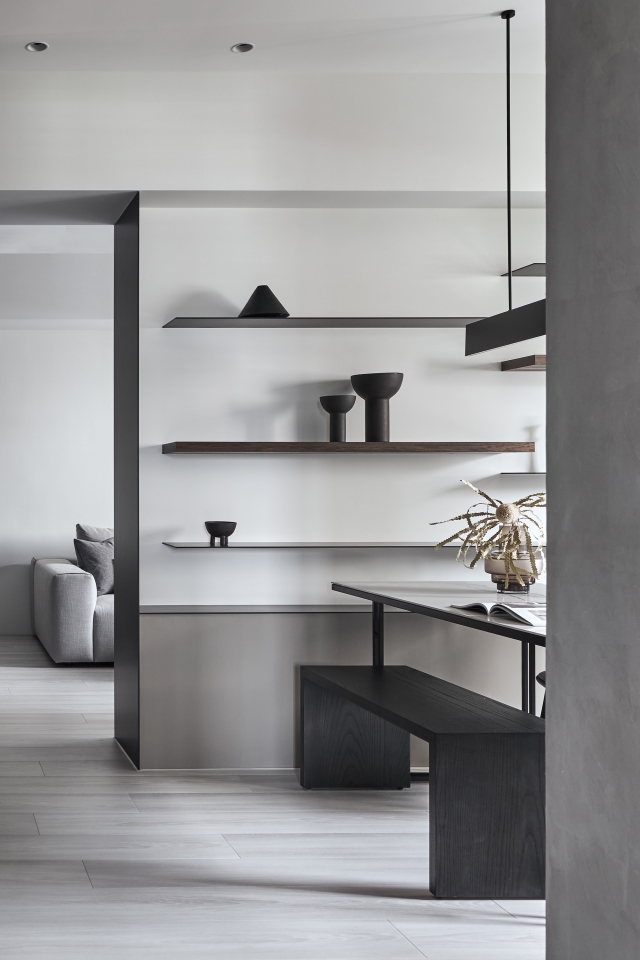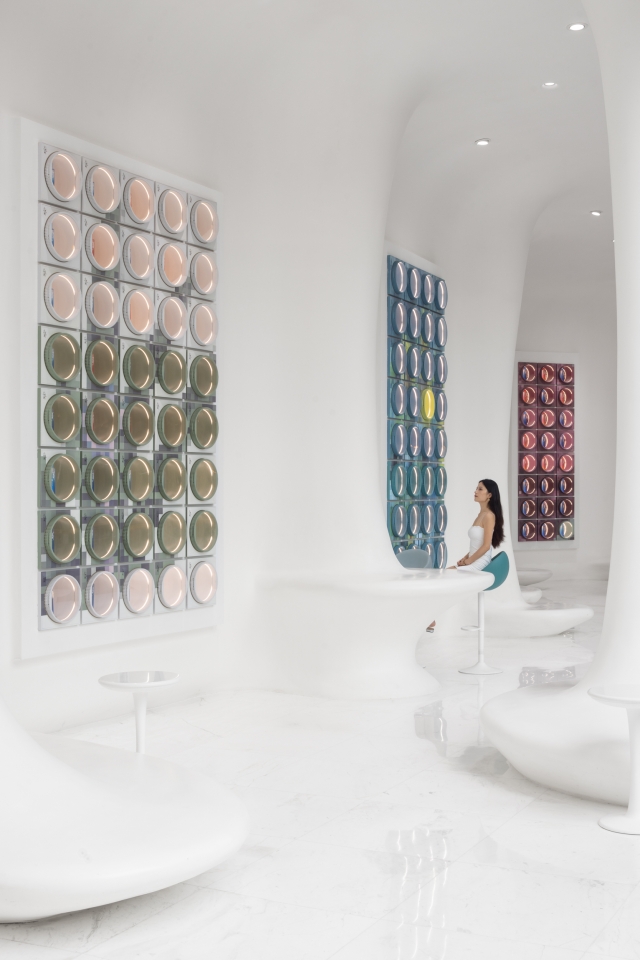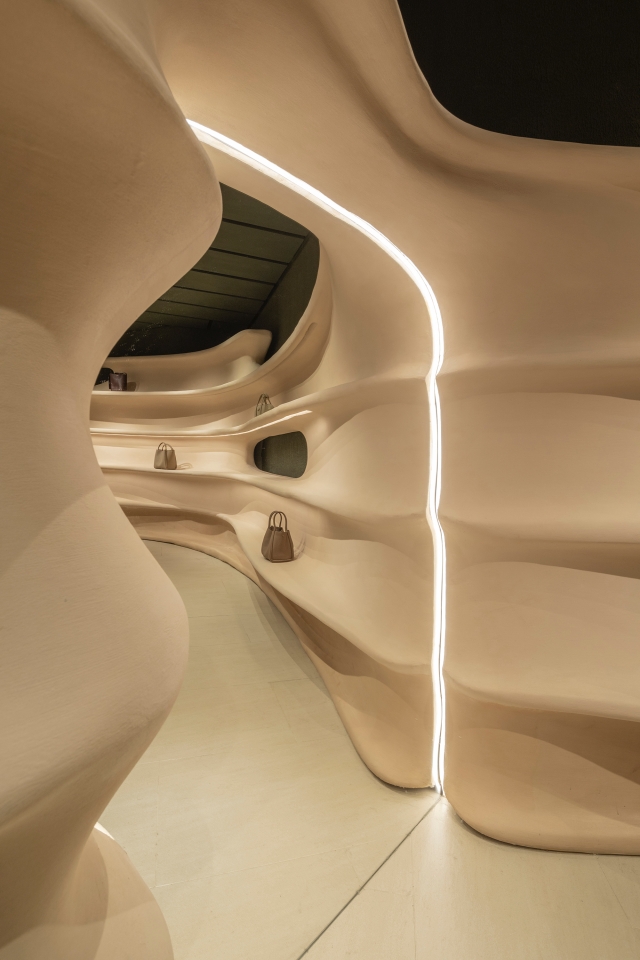Featuring female forces in the past 120 years across a variety of design spectrums – from furniture, fashion, industrial and interiors – it tells a compelling story against the background of the struggle for equal rights and recognition. Around 80 women are featured, including protagonists of modernism like Eileen Gray, Charlotte Perriand, Lilly Reich, and Clara Porset, business leaders Florence Knoll and Armi Ratia, but also lesser-known figures like the social reformer Jane Addams. Contemporary positions and future outlooks are represented by such designers as Matali Crasset, Patricia Urquiola, Julia Lohmann, and the Matri-Archi(tecture) collective. With its rich display of fascinating showcases, the exhibition traces the work and working conditions of women in design from early modernism to the present – from iconic objects to little-known new discoveries, contemporary activist networks, and feminist design research.

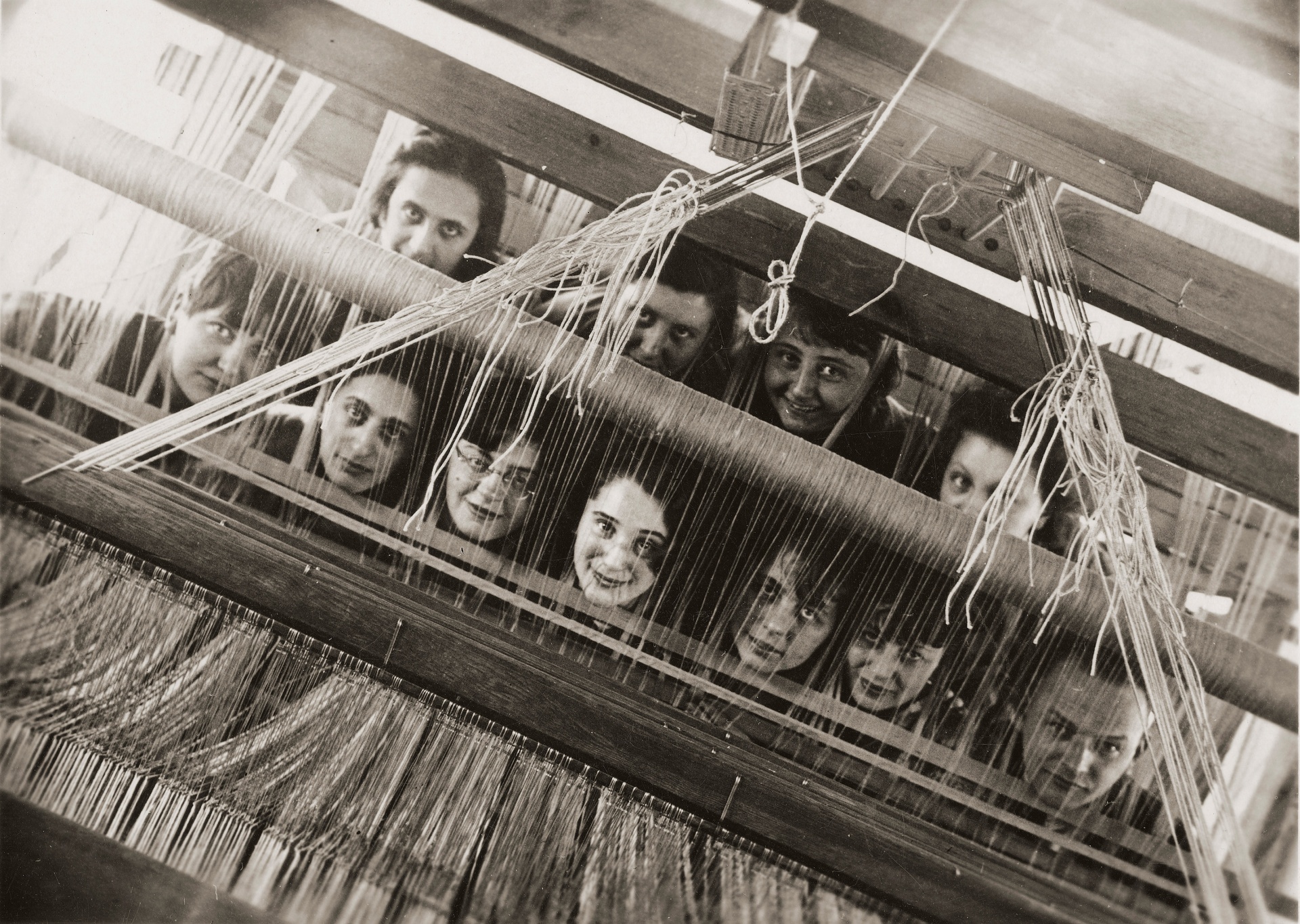
© Bauhaus-Archiv, Berlin
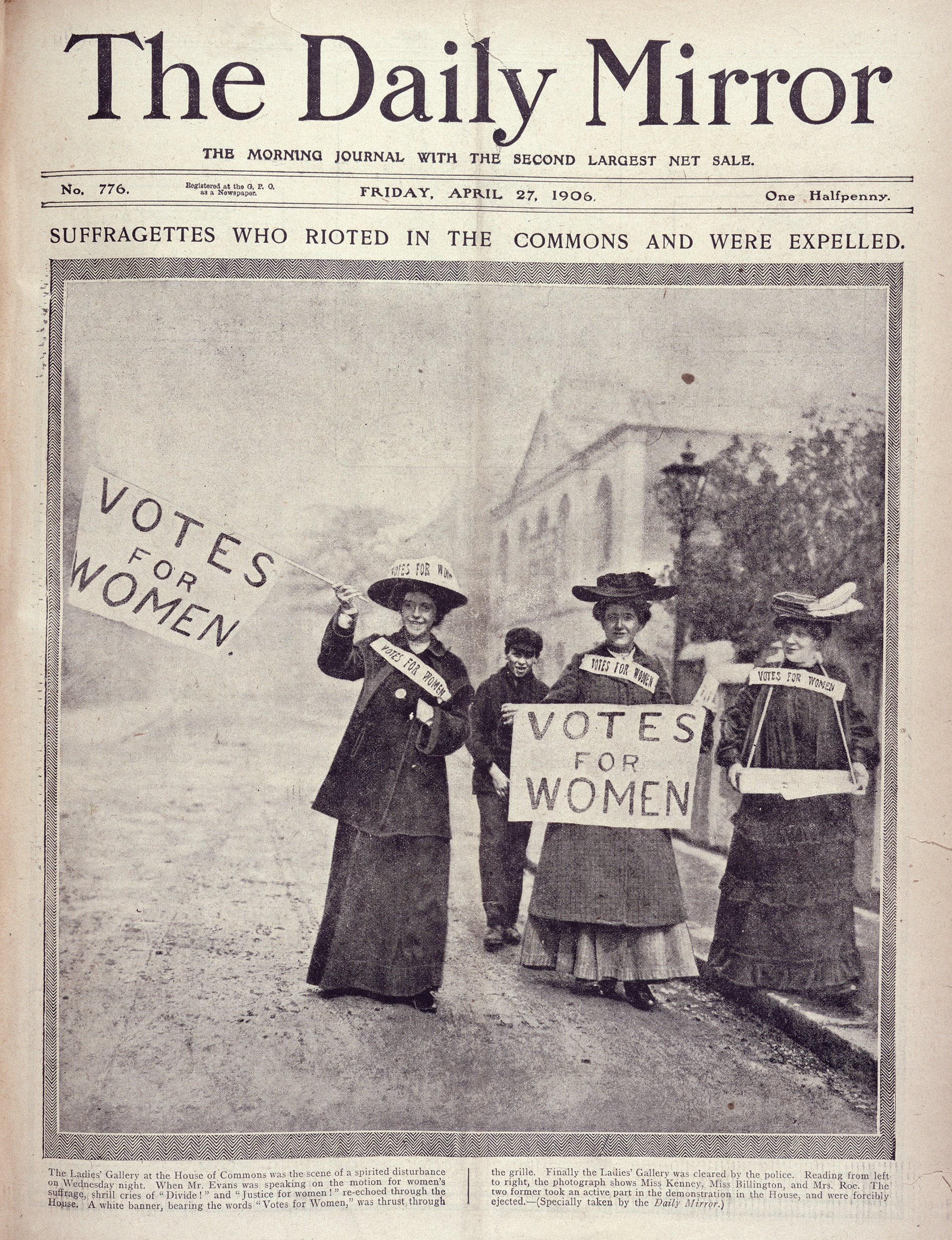
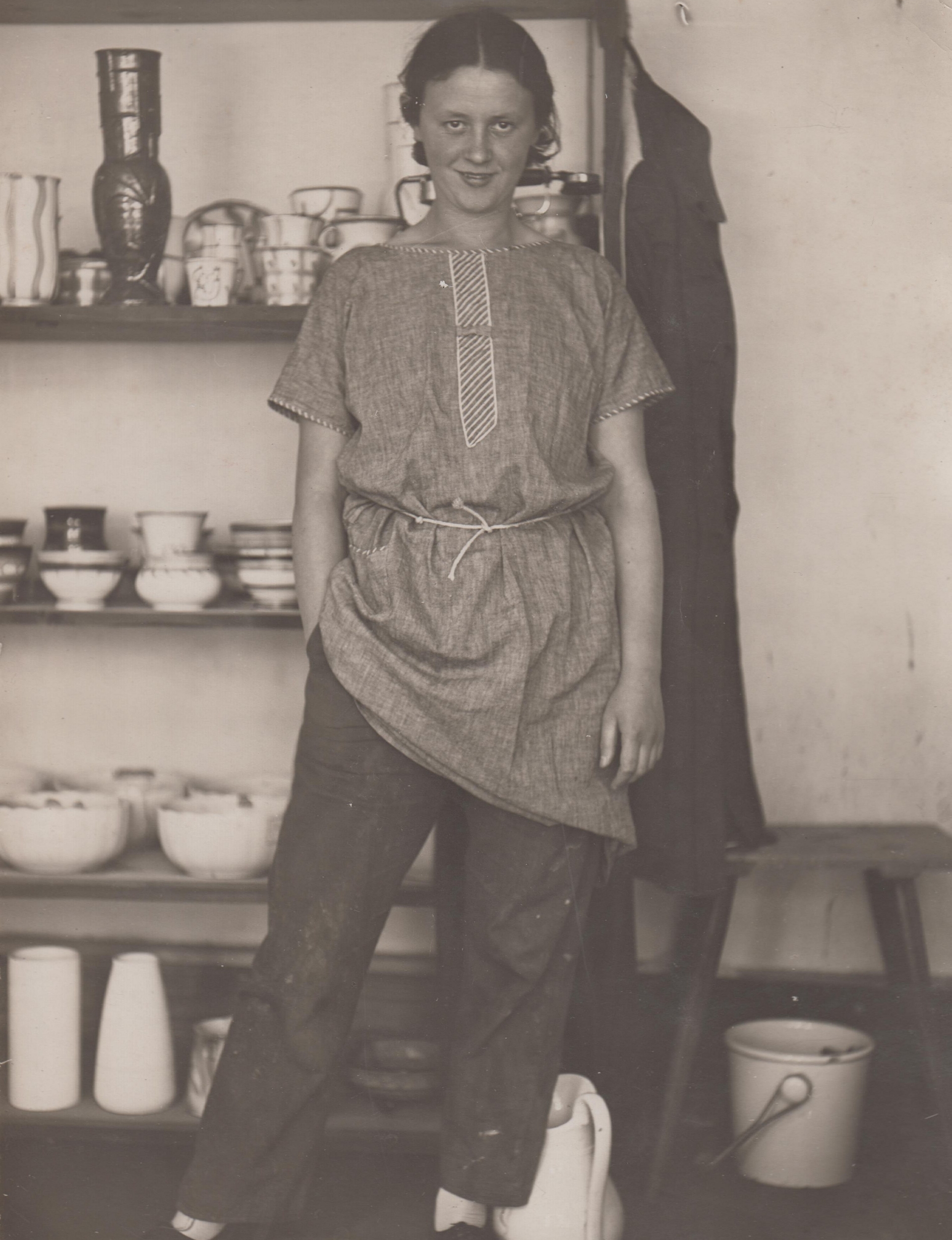
Stadtmuseum Schramberg
photo: Joseph Saradeth (?)
The first part focusses on the development of design in Europe and the United States in 1900, when design emerged as a profession in its own right. This was a time of intensifying struggle for female suffrage too, and the bid for emancipation is reflected in the design produced, for example, by such social reformers as Jane Addams and Louise Brigham, whose works would today be described as ‘Social Design’. In New York, Elsie de Wolfe helped shape the new professional field of interior design, and women designers trained or taught at the Bauhaus, the Russian Vkhutemas School of Art, and the Deutsche Werkstätten in Dresden-Hellerau. This demonstrates that while improved education may have meant increased professionalism, women were still being urged towards traditional roles.
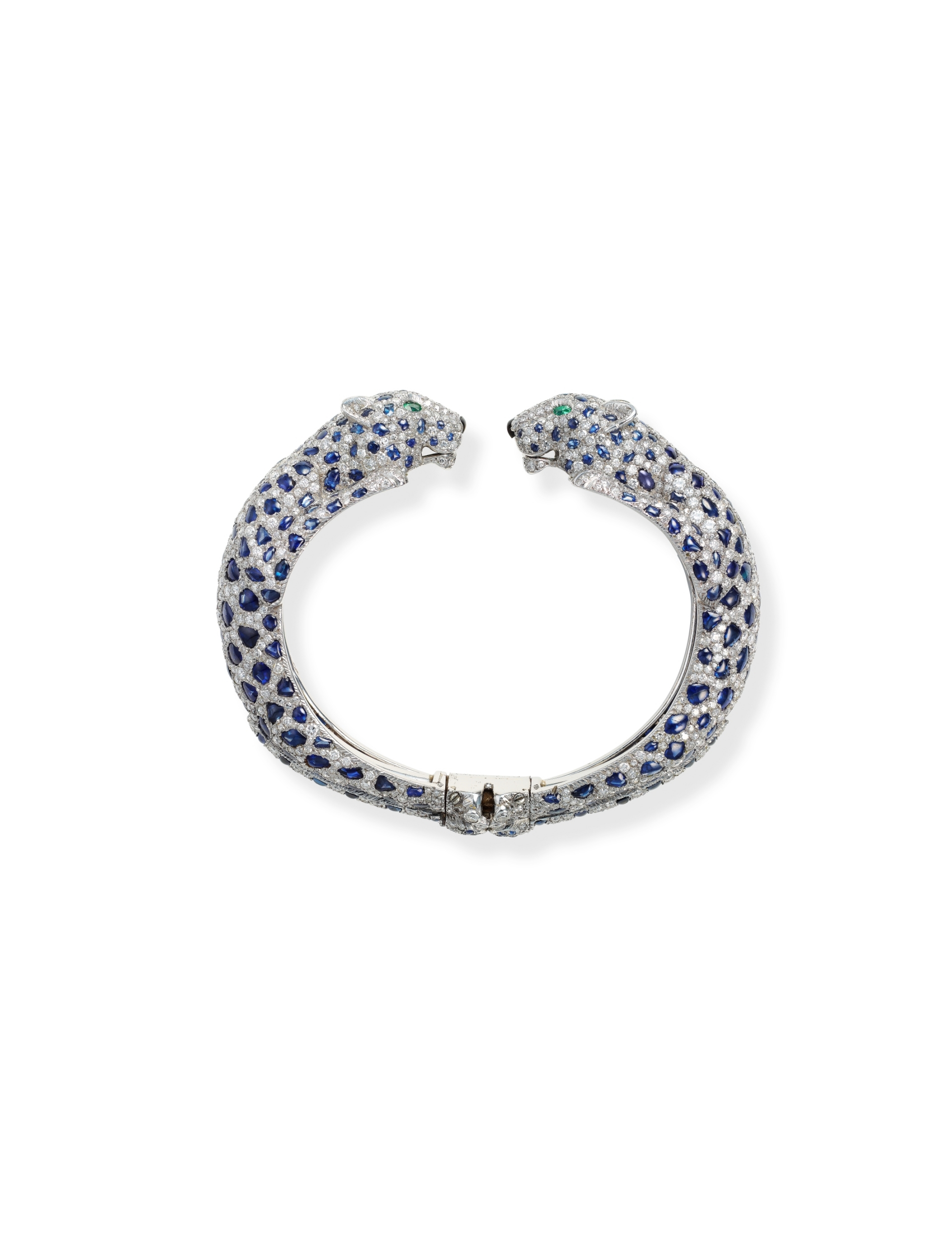
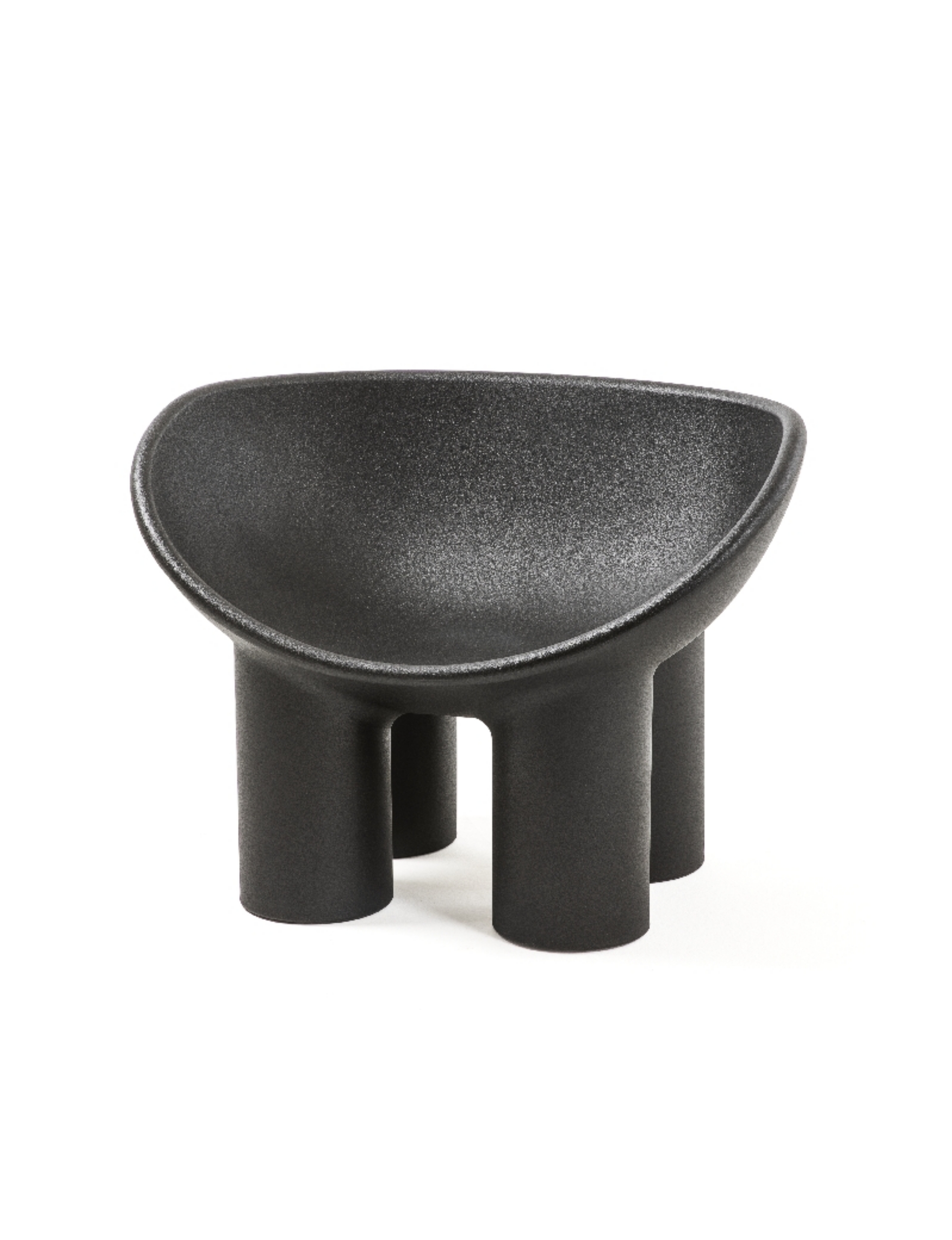
© Vitra Design Museum, photo: Andreas Sütterlin
The second part concentrates on the 1920s to 1950s, an era during which women designers began to make their name internationally even though patriarchal patterns endured. Alongside Charlotte Perriand, Eileen Gray, and Clara Porset, the exhibition spotlights Jeanne Toussaint, the creative director who for many decades was in charge of Cartier’s jewellery collections.
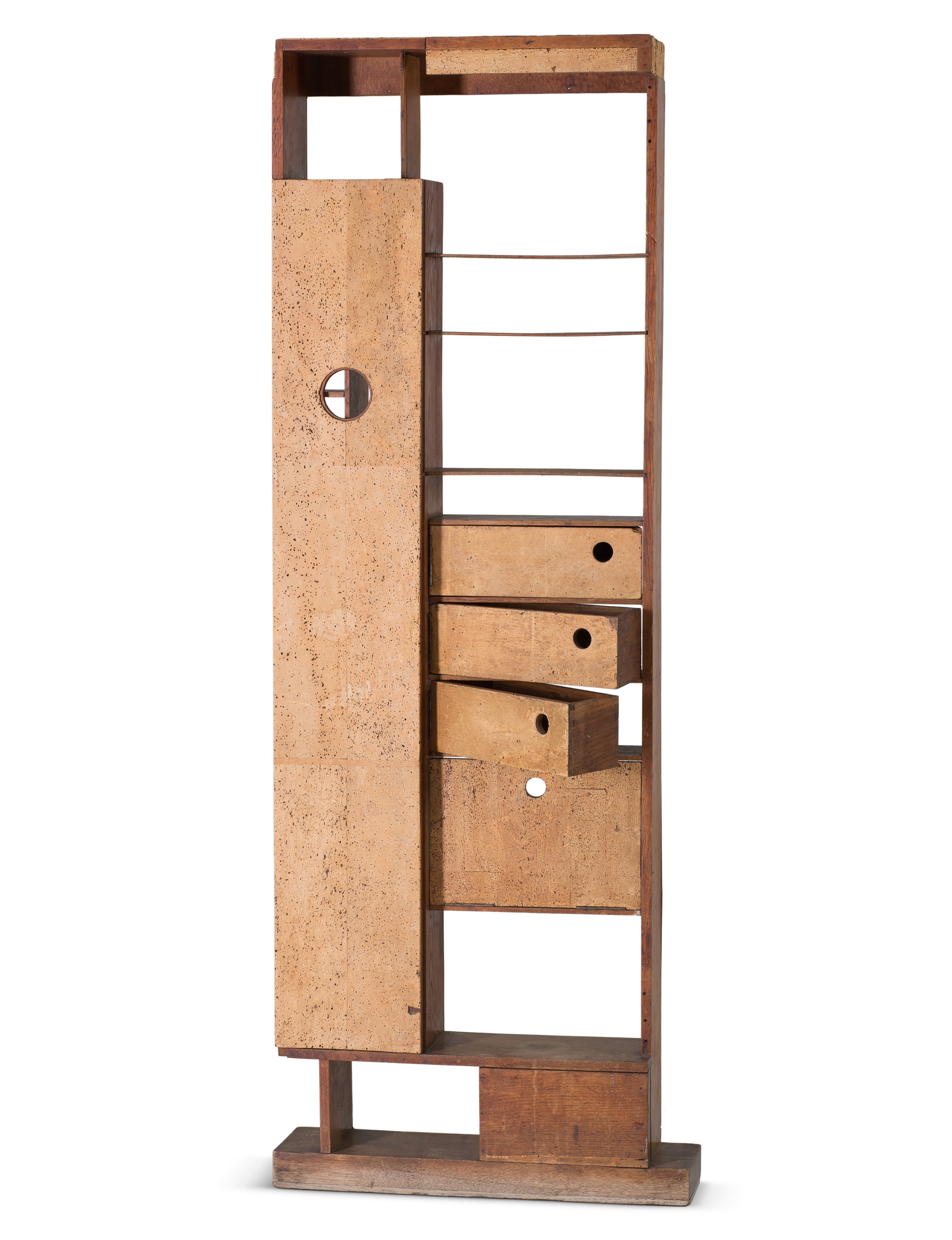
© Vitra Design Museum, photo: Jürgen Hans
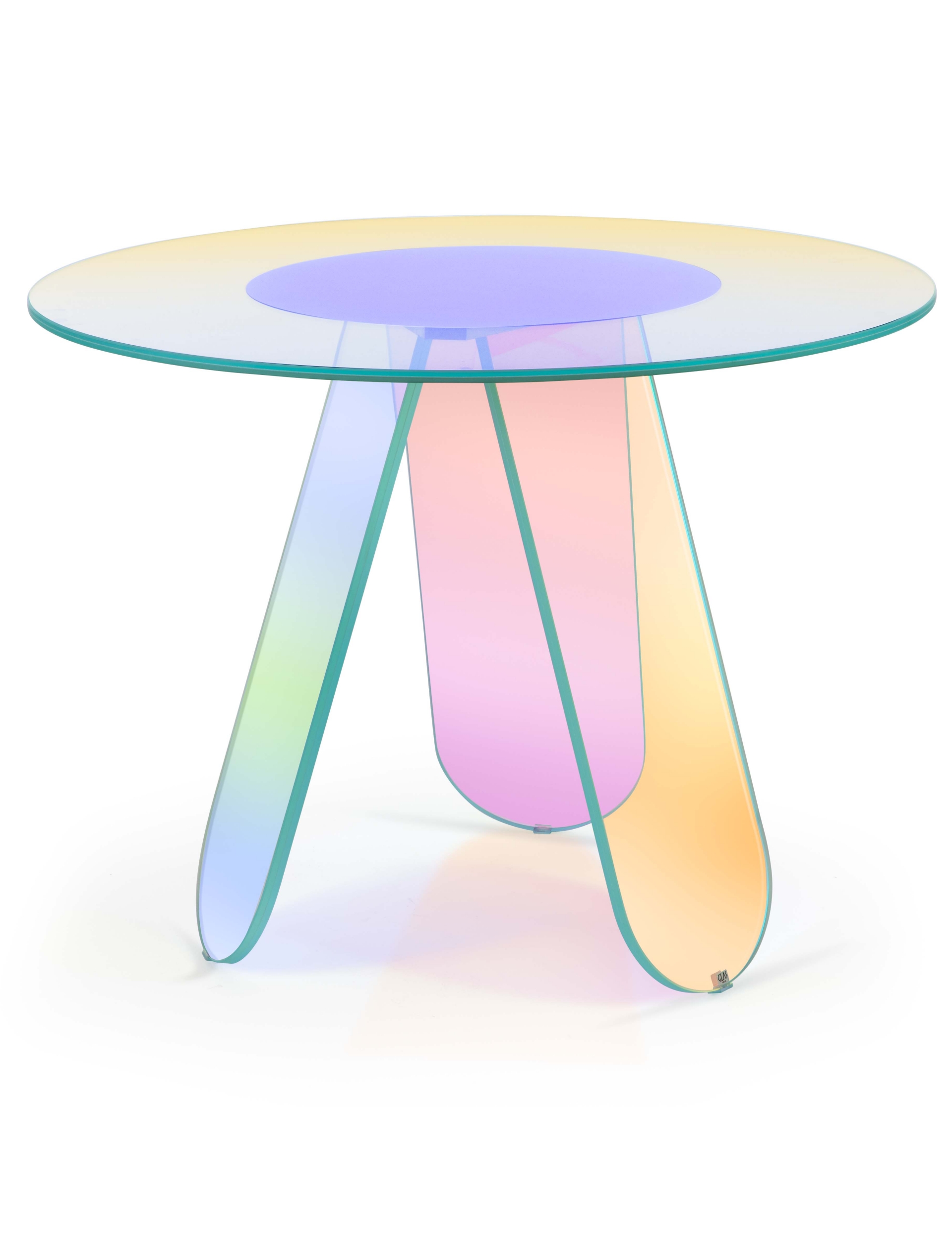
© Vitra Design Museum
photo: Andreas Sütterlin
Some of the women designers portrayed in this section collaborated closely with their partners: Ray Eames with her husband Charles, Aino Aalto with Alvar. While frequently overshadowed by their male counterparts, they often contributed far more substantially to the joint works than was assumed in the past. The best-known example in this context is Charlotte Perriand, whose share in the legendary furniture designs she created with her famous colleague Le Corbusier has been completely reassessed in recent years.
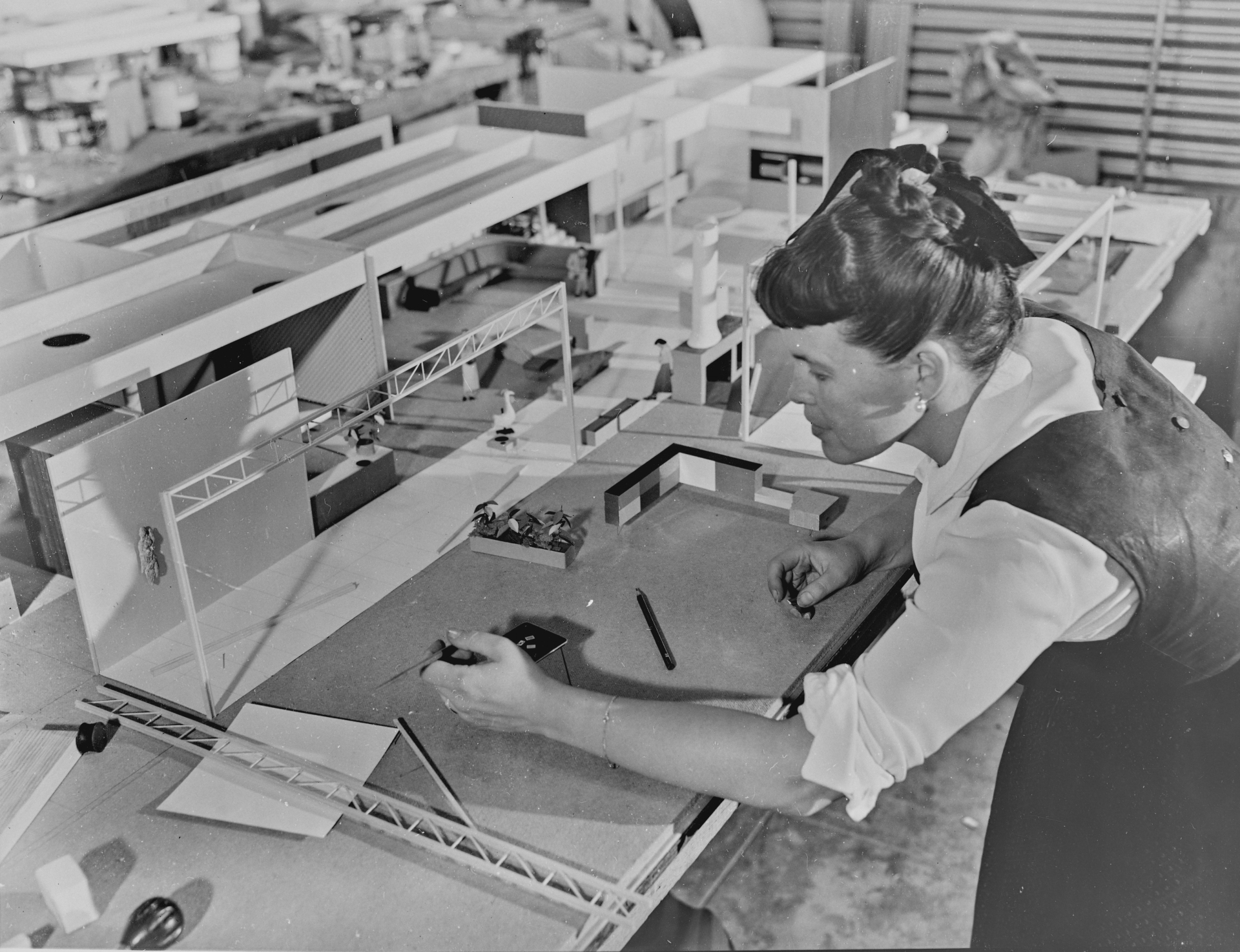
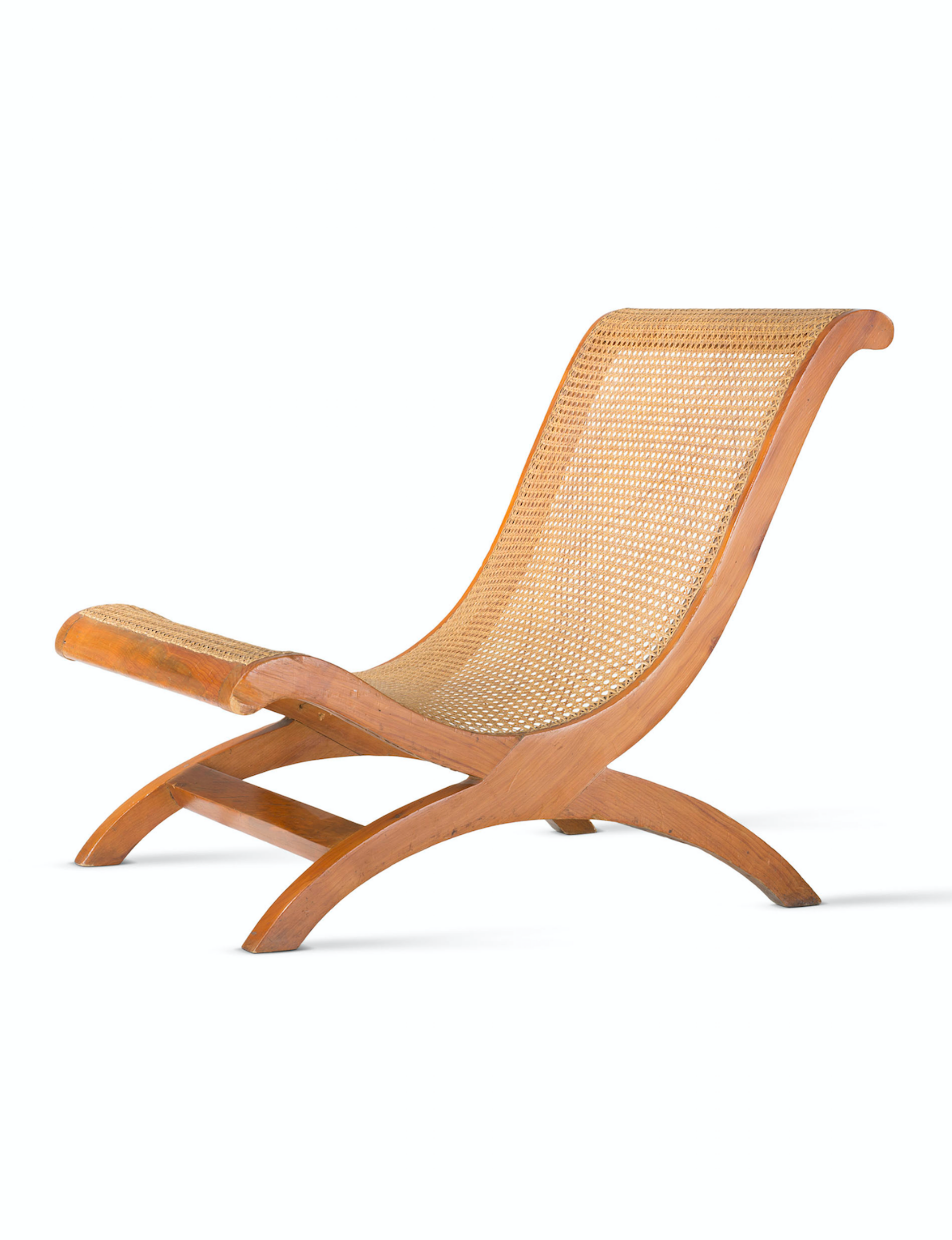
© Vitra Design Museum, photo: Jürgen Hans
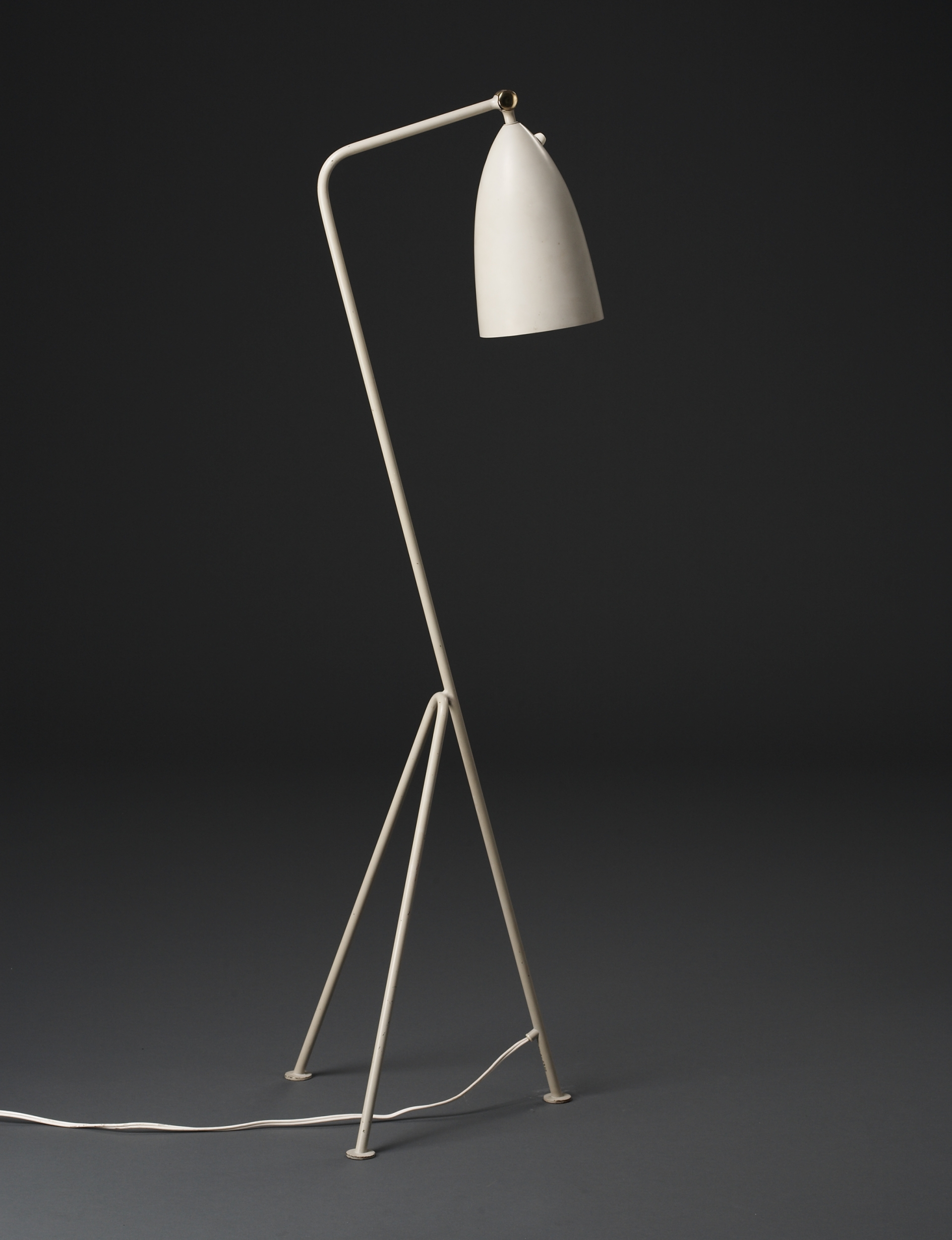
© Vitra Design Museum, photo: Andreas Jung
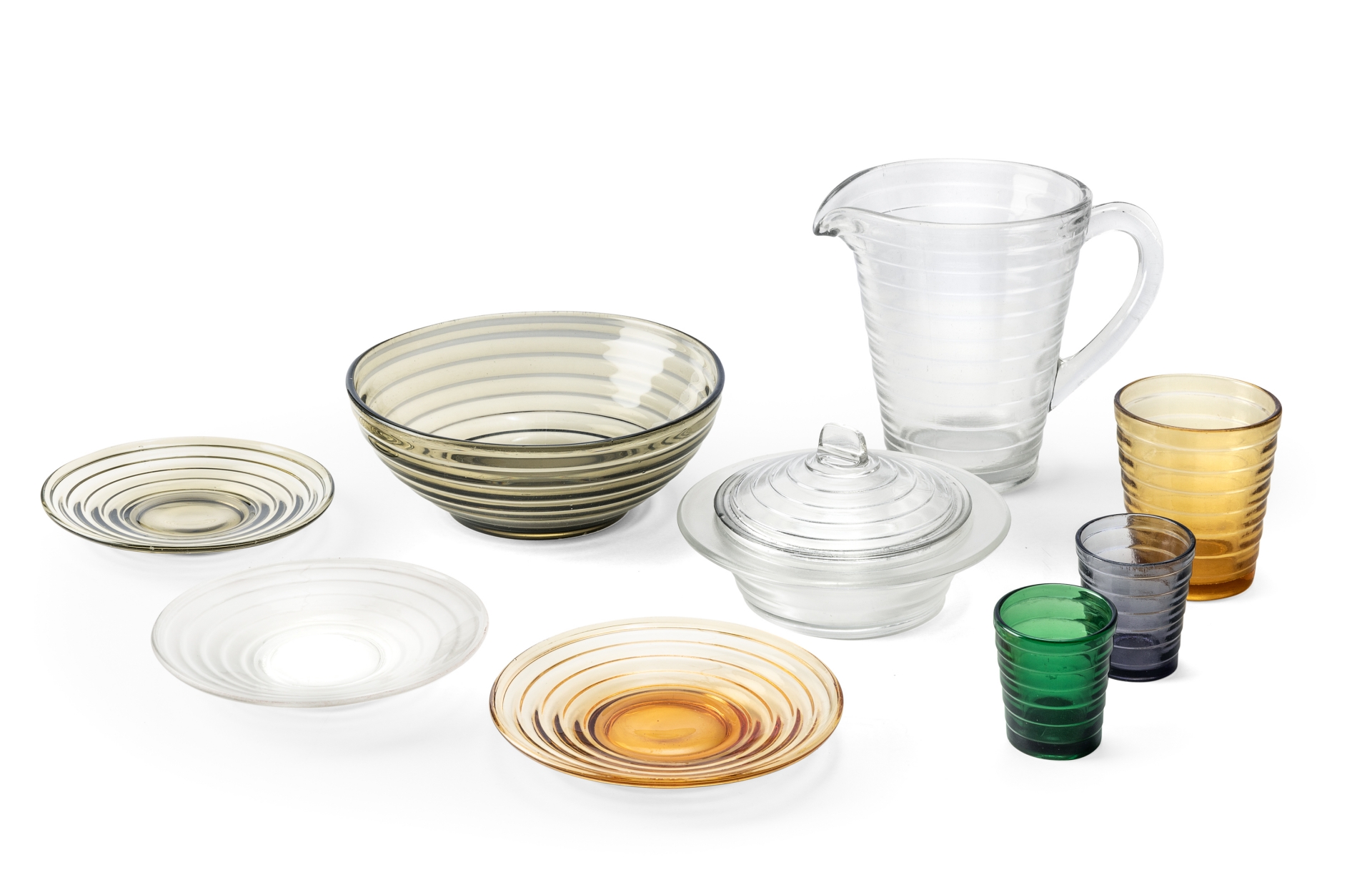
The third part of the exhibition addresses 1950 to the end of the 1980s. A second wave of feminism emerged in the 1960s to oppose the conservative post-war mentality evident, for example, in the Swiss Exhibition on Women’s Work held in 1958. Women’s work was still defined as domestic work, the home as women’s proper sphere, but despite this limited view of their activities, many women were extraordinarily creative and productive. The ambivalences and upheavals of these turbulent decades is evident both in the brightly colourful MARIMEKKO design of the 1970s and in some of the spectacular postmodern objects created by such Italian designers as Nanda Vigo, Gae Aulenti, and Cini Boeri.
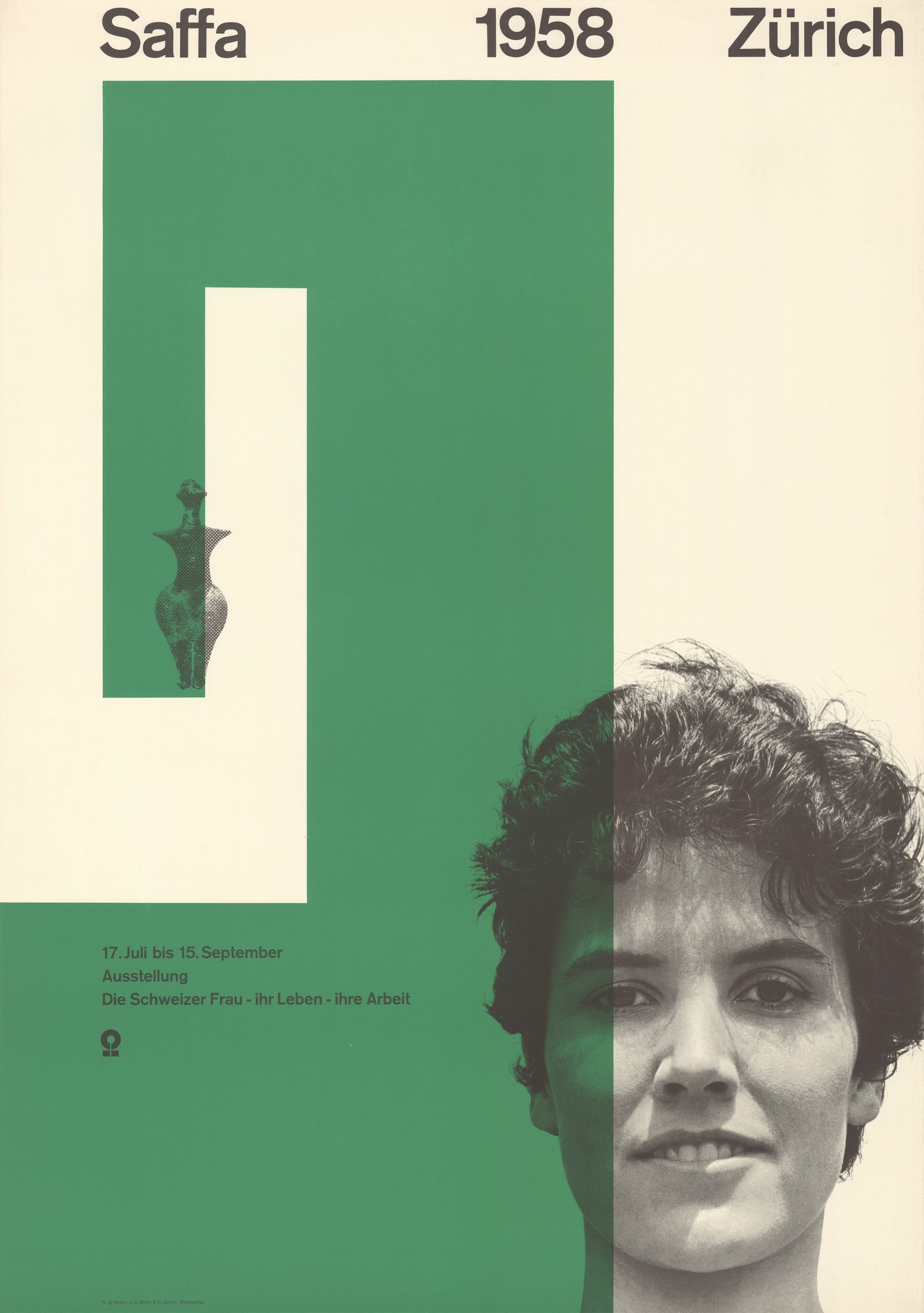
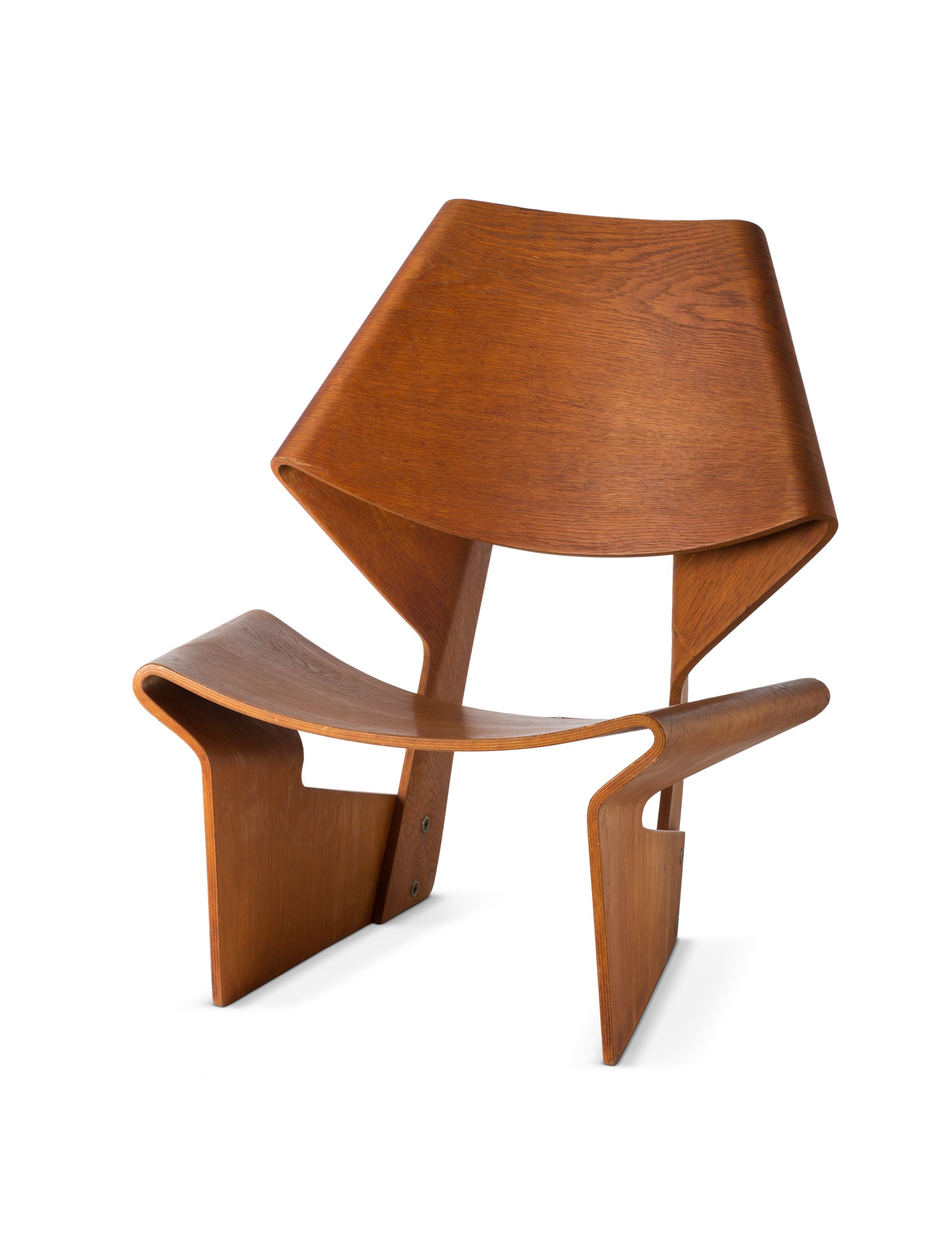
© Vitra Design Museum, photo: Jürgen Hans
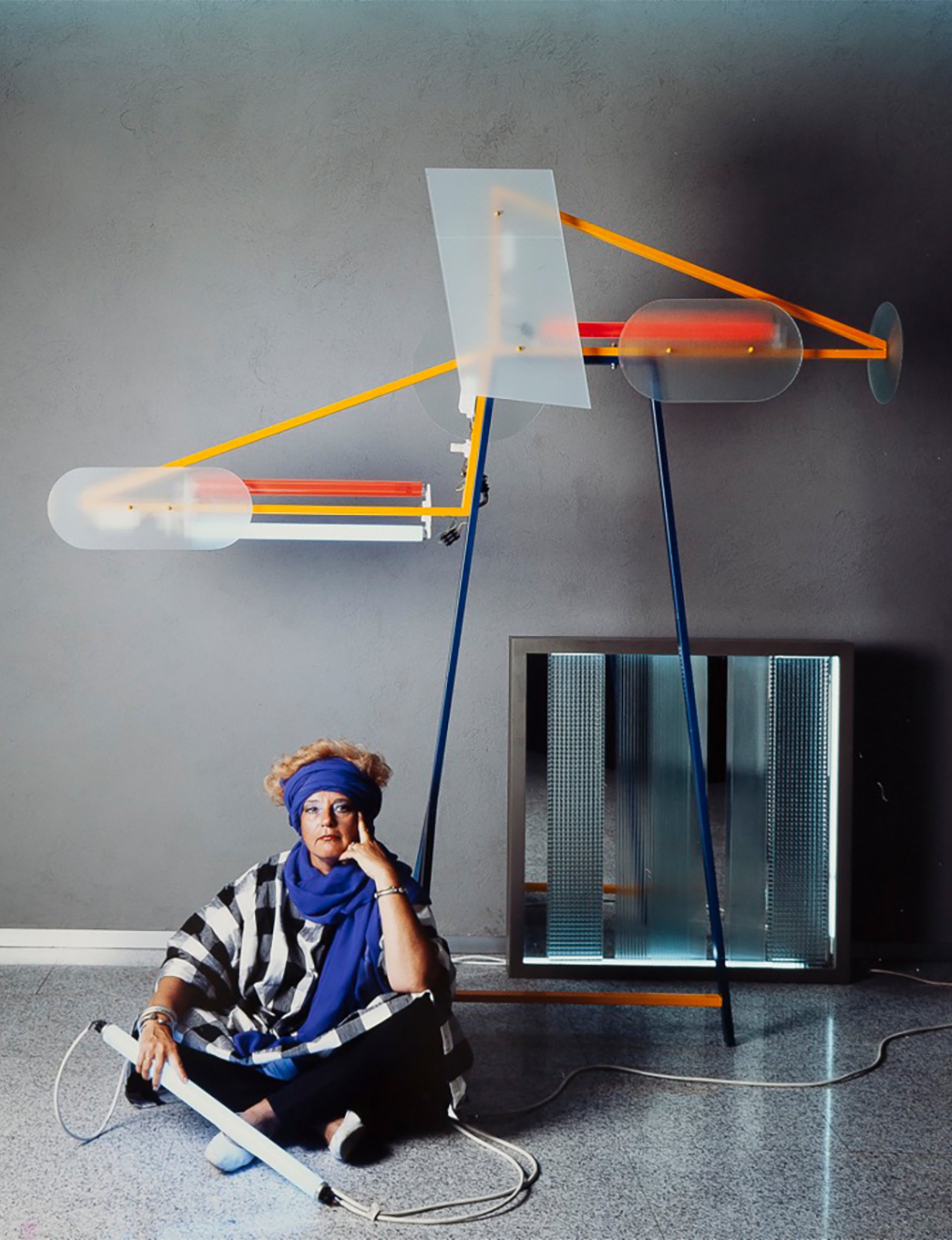
Finally, the fourth and final part brings us to the present day. Works by established international designers including Matali Crasset, Patricia Urquiola, or Hella Jongerius prove that today, a successful career in design is equally possible for both genders. Some female designers have been pushing the boundaries of their discipline to make crucial contributions towards redefining the meaning of design as such, for example, Julia Lohman’s research into marine algae promising to yield new, sustainable materials. Here We Are! Women in Design 1900 – Today is as multifaceted as the ongoing debate on feminism in our society. It thus provides a fresh, updated look at the story of modern design, defines a clear stance in relevant debates, and gives plenty of thought-provoking impulses about what design should be in the twenty-first century, who defines it, and whom it is for.
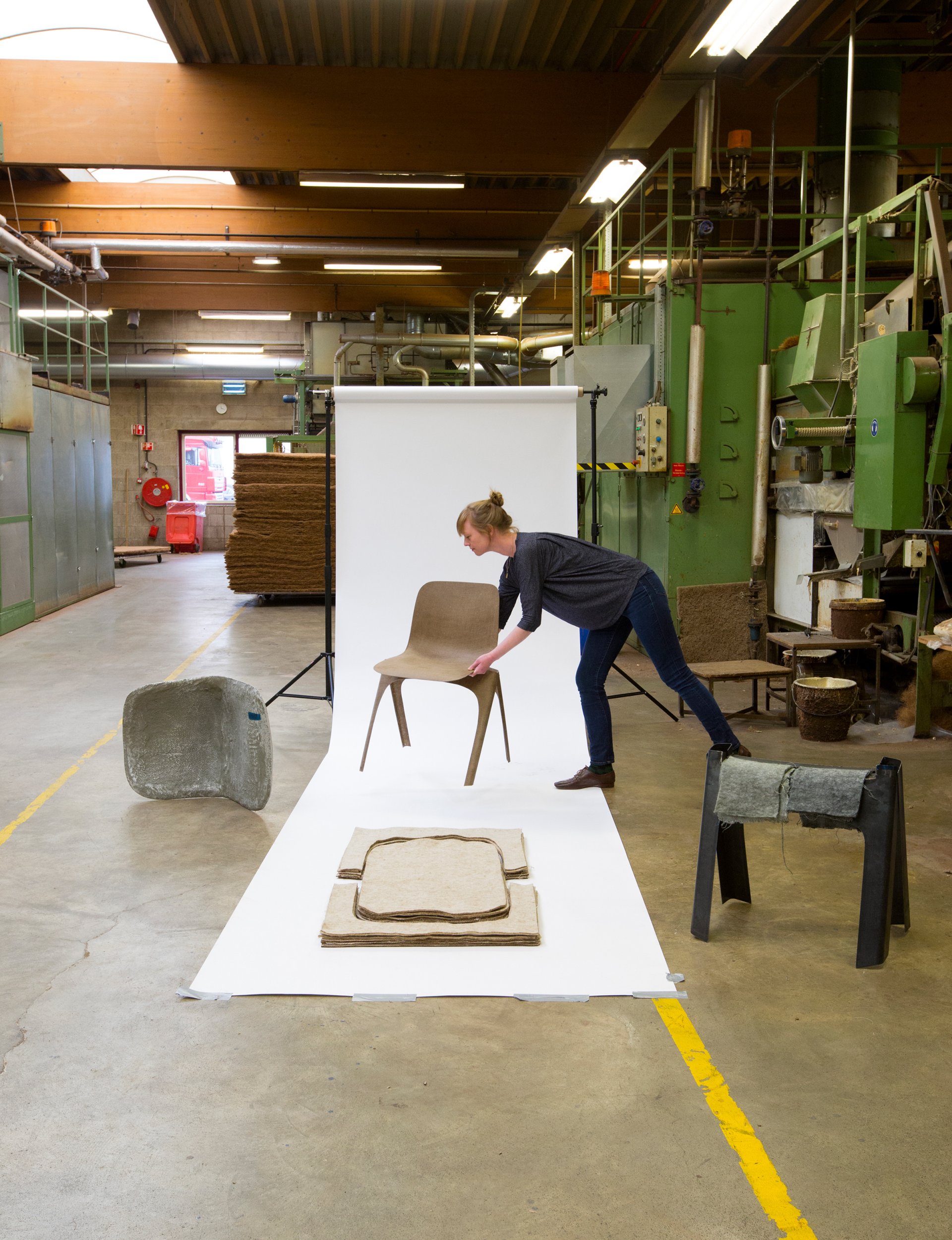
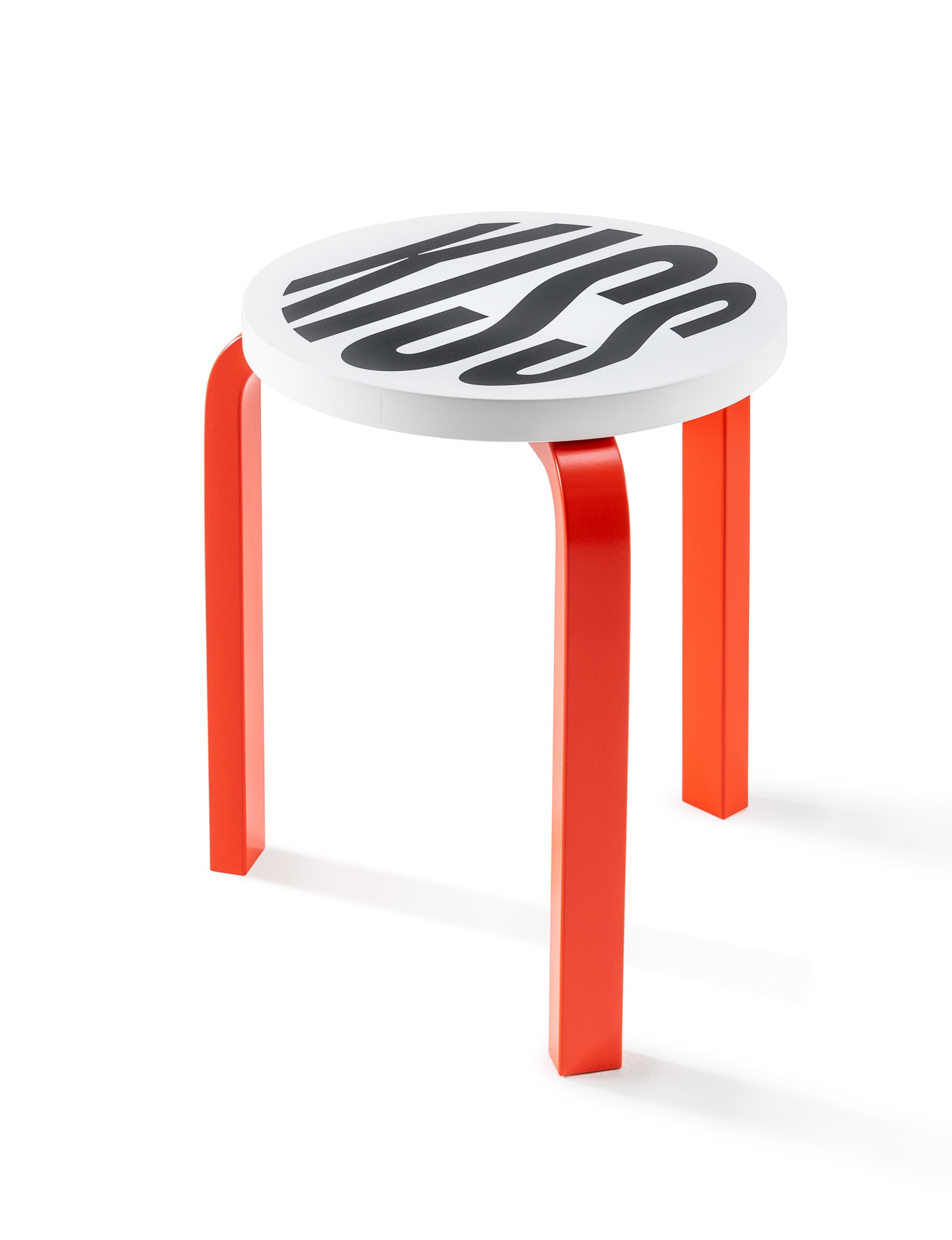
© Vitra Design Museum, photo: Andreas Sütterlin, © VG Bild-Kunst, Bonn 2021
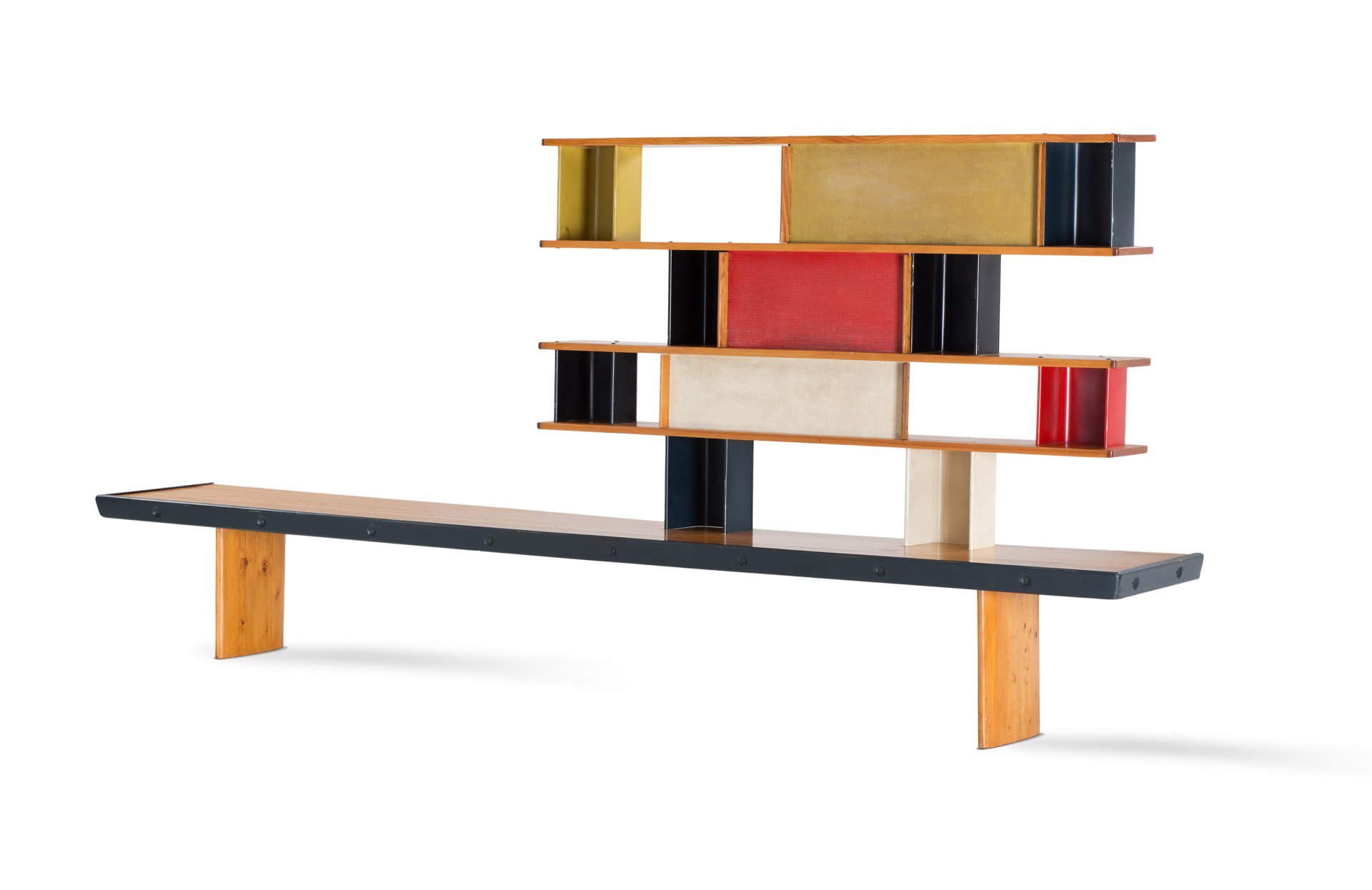
© Vitra Design Museum, photo : Jürgen Hans, © VG Bild-Kunst, Bonn 2021
Here We Are! Women in Design 1900 – Today
Vitra Design Museum
Charles-Eames-Str. 2, D-79576 Weil am Rhein, Germany
From now until March 6, 2022
(Leading image: Charlotte Perriand on the Chaise longue basculante, 1929. Perriand and Jeanneret © VG Bild-Kunst. Bonn 2021, Le Corbusier : F.L.C./ VG Bild-Kunst, Bonn 2021)





